Introduction
Dewatering Pig In EMT manufacturing, maintaining clean and moisture-free tubes is essential for quality and reliability. This article delves into the various types of dewatering pigs, their design considerations, and their operational nuances. Additionally, we will explore technological advancements and address common challenges encountered during their use. Join us as we uncover how dewatering pigs contribute significantly to the success of EMT manufacturing, enhancing both the product and the process.
Nom | Customized Foam Pig | ||||
Matériel | Polyuréthane | ||||
Densité lumineuse | 0.02-0.3g/m3 | ||||
Densité moyenne | 0.08-0.12g/m3 | ||||
Forte densité | 0.13-0.16g/m3 | ||||
Caractéristique | 1. Haute résistance à l’usure | ||||
2. Bonne performance de nettoyage | |||||
3. Faible coût | |||||
Paiement | TT/LC | ||||
Avantage | 1. Ils sont légers et flexibles. | ||||
2. Belle efficacité de nettoyage. | |||||
3. Suivi précis de la localisation. | |||||
What is a Dewatering Pig?
Types de racleurs d’assèchement
Dewatering pigs come in various types, each suited for specific tasks and pipeline conditions. First, foam pigs offer a lightweight and flexible solution. Manufacturers primarily use them for light cleaning and drying operations due to their ability to conform to pipeline irregularities. Next, spherical pigs stand out in their simplicity and effectiveness. They excel in liquid removal, making them ideal for straightforward dewatering tasks in more uniform pipelines. Lastly, brush pigs incorporate stiff bristles. These bristles scrub the pipeline walls, removing tough deposits and ensuring a thorough clean. Each type brings unique benefits, optimizing pipeline maintenance for different conditions and needs.
Dewatering Pig in EMT Manufacturing
2.1 Importance of Dewatering Pigs in EMT
Dewatering pigs are vital for maintaining the integrity and quality of pipes in electromechanical tubing (EMT) manufacturing. These tools ensure the internal cleanliness of the pipes, which is crucial for the precision required in EMT applications. The presence of moisture or debris can lead to defects in the tubing, compromising the final product’s quality. Additionally, using dewatering pigs boosts productivity by minimizing downtime caused by cleaning operations and prevents costly repairs due to corrosion or blockages. Overall, they enhance both the efficiency and output quality of the manufacturing process.
2.2 The Dewatering Process Explained
Understanding how dewatering pigs function in EMT manufacturing can clarify their importance. Here’s a step-by-step guide:
- Insertion: Workers insert the dewatering pig into one end of the pipe.
- Travel: Driven by the pressure in the pipe, the pig travels through the tubing, pushing out water and debris.
- Scrubbing: For brush pigs, bristles scrub the inner surfaces as they move, removing stubborn deposits.
- Extraction: At the end of the pipe, workers remove the pig, which carries out the dislodged contaminants.
- Inspection: Following the cleaning, an inspection ensures no residues remain that could impair the tubing’s quality.
Conclusion
In conclusion, dewatering pigs are indispensable tools in the field of EMT manufacturing, playing a pivotal role in ensuring the production of high-quality, reliable electromechanical tubing. By effectively removing water and debris from pipelines, these specialized devices help maintain the structural integrity and cleanliness necessary for the demanding standards of EMT applications. Each type of dewatering pig—be it foam, spherical, or brush—brings unique capabilities to address specific challenges within different pipeline environments, thus optimizing the maintenance and enhancing the operational efficiency of production lines.



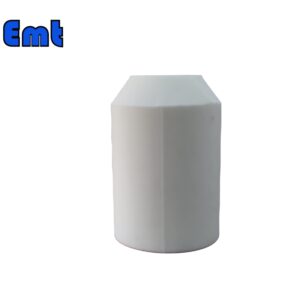
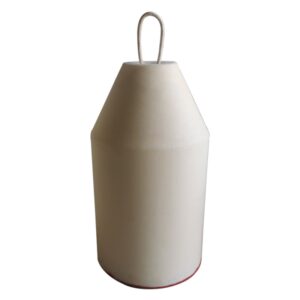
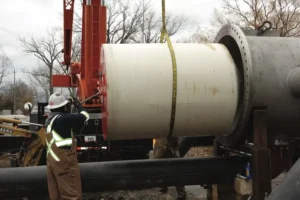

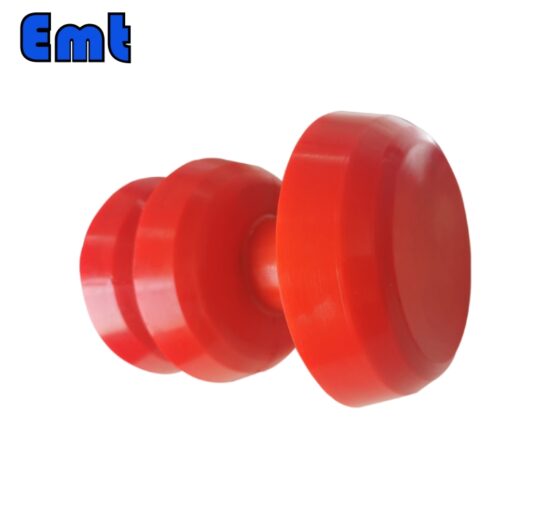
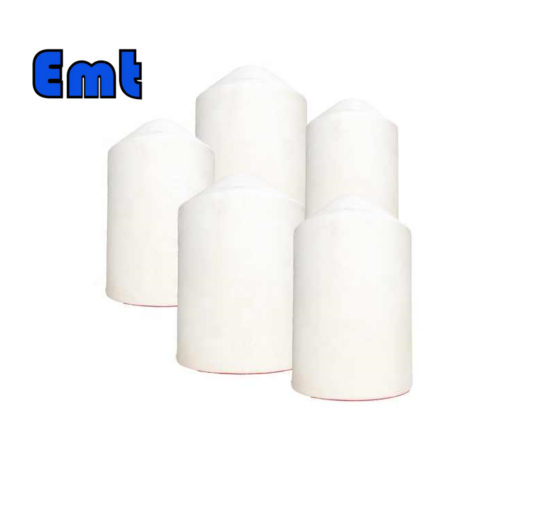
Il n’y a pas encore d’avis.